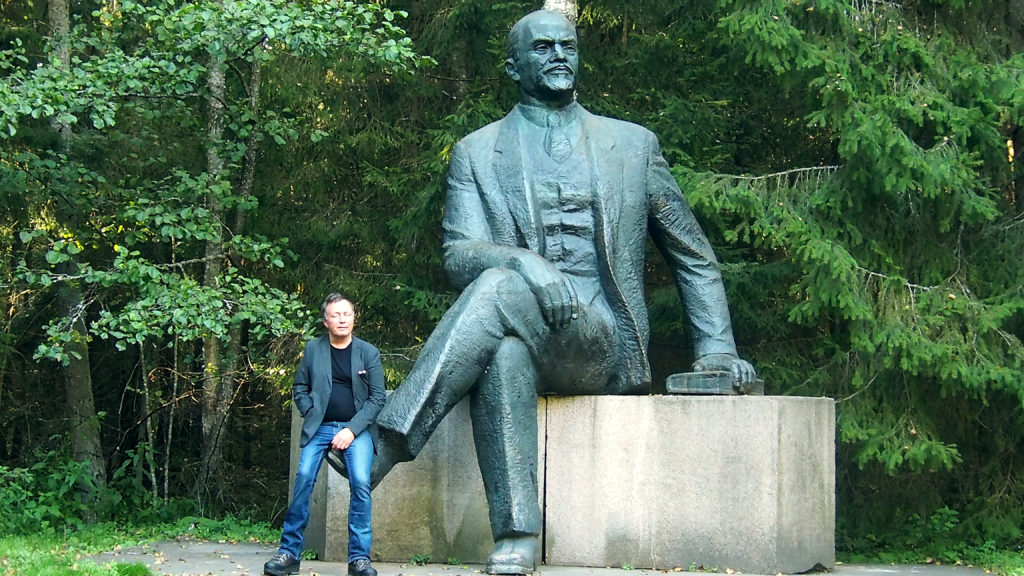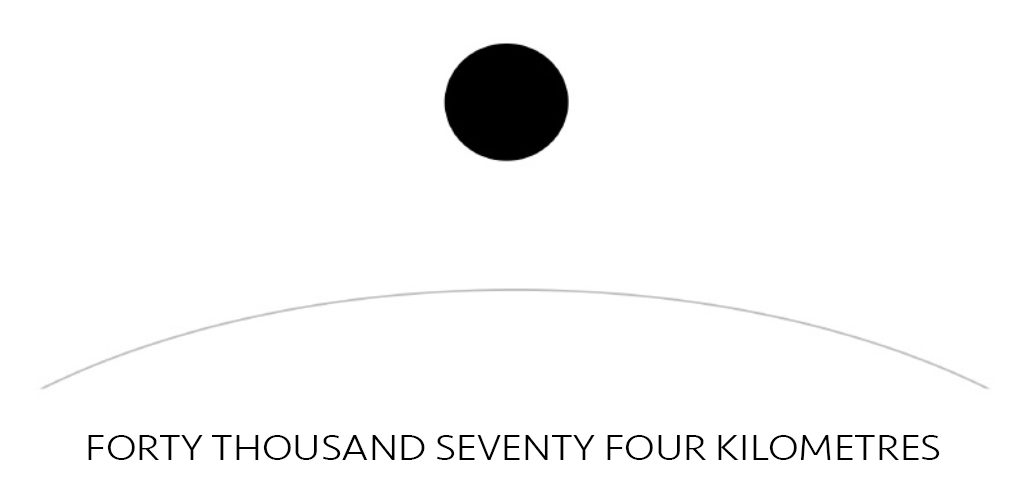HISTORICAL MATERIALS
The idea for the Equator Memorial Project had its genesis in a bed Johann Sigmarsson designed and made in 2011. Friends and acquaintances showed immediate interest and he was soon commissioned to make another one as a wedding anniversary gift. Sigmarsson went on to build shelves, an armchair with leather seats, and a desk with leather trimmings. Word got around about his furniture making and eventually a small group of people began to form around the current project. In May 2012, Sigmarsson was watching a report on the evening news about the Association of Icelandic Ports and its intention to refurbish the Reykjavík Harbour. Apparently, much of the jetty was to be removed and discarded. It occurred to him then that the wood might be recycled and used to make furniture. And this was the beginning of a brand new idea.

The Equator Memorial Project is a group of international artists who are creating art pieces and functional objects by recycling historical materials of ruins from world heritage sites. The mission is to hold a series of exhibitions in galleries or museums worldwide in support of a sustainable environment, justice, freedom and peace. At each exhibition approximately 50 – 60 art pieces will be presented created by selection of international artists. A part of the income for each sold or rented piece will be allocated to a charity fund for humanitarian and community projects.
Confirmed materials: the Reykjavík Harbour, the Hamburg Port, the Berlin Wall, Genbaku Dome in Hiroshima (A bomb) and two broken windows from office of Prime Minister Jens Stoltenberg in the Norwegian government’s headquarters in Central Oslo after it was damaged from terrorist attack by Anders Behring Breivik and from Graveyard of Lenin monuments and Stalin statues.
Plans have been drawn up to obtain materials from; the French village of Oradour-sur-Glane, which has been preserved untouched since almost all its inhabitants were massacred on June 10, 1944, the Czech village of Lidice, 9/11 terrorist attack on the World Trade Center, former Soviet Union – GULAG, Colosseum, ruins of the Buddhas of Bamiyan which was destroyed in Afghanistan by Taliban in 2001 to demolish holy icons and disrespect ideologic of the religion, the Basque town of Guernica, Liverpool and the slave trade and from the time of the Japanese Diplomat Chiune Sugihara, when he was in Lithuania helping refugees, women and children from the tragedy of the World War II.
“TODAY’S ISSUES”
Brink of a horrible famine

It’s been called the “worst humanitarian crisis in the world”: A famine is a widespread scarcity of food, caused by several factors including war, inflation, crop failure, population imbalance, or government policies. This phenomenon is usually accompanied or followed by regional malnutrition, starvation, epidemic, and increased mortality. Every inhabited continent in the world has experienced a period of famine throughout history.
Nearly 80 percent of Yemen’s population is food insecure; millions are teetering on the edge of famine. The situation – described as critical for nearly two years – has grown even worse since early November, when Saudi Arabia enacted a near-complete blockade on its borders with Yemen, making it nearly impossible for anyone to import food, water and medical supplies from Saudi Arabia. How did one of the poorest countries in the world get to that point? It’s a complicated story, one that involves warring regional superpowers, terrorism, oil and an impending climate catastrophe. But in some ways, it’s also a simple one. Lots of people outside of Yemen are fighting for control and influence. And lots of the people within the country are paying the price.
Worst Refugee Crisis in History

A refugee is someone who has been forced to flee his or her country because of persecution, war or violence. A refugee has a well-founded fear of persecution for reasons of race, religion, nationality, political opinion or membership in a particular social group. Most likely, they cannot return home or are afraid to do so. War and ethnic, tribal and religious violence are leading causes of refugees fleeing their countries.
Two-thirds of all refugees worldwide come from just five countries: Syria, Afghanistan, South Sudan, Myanmar and Somalia.


